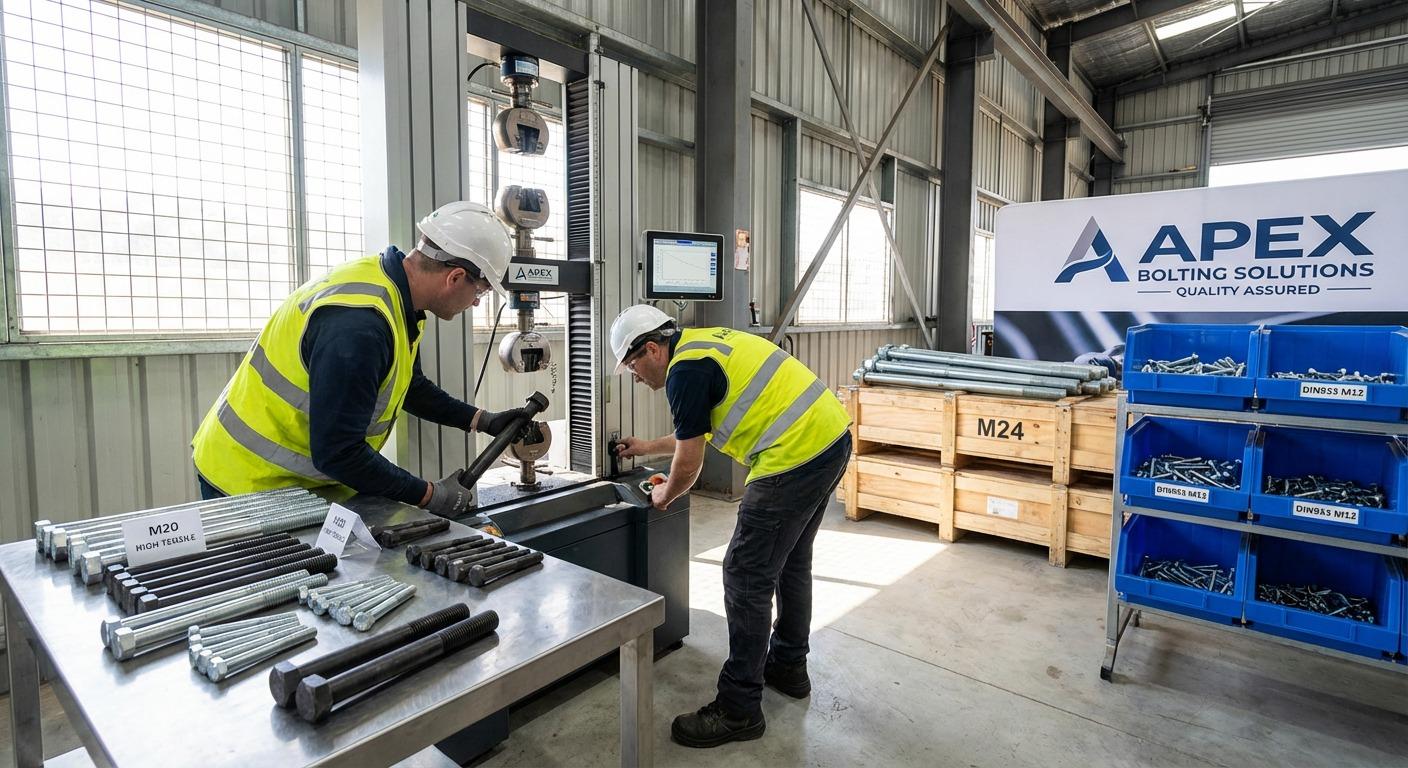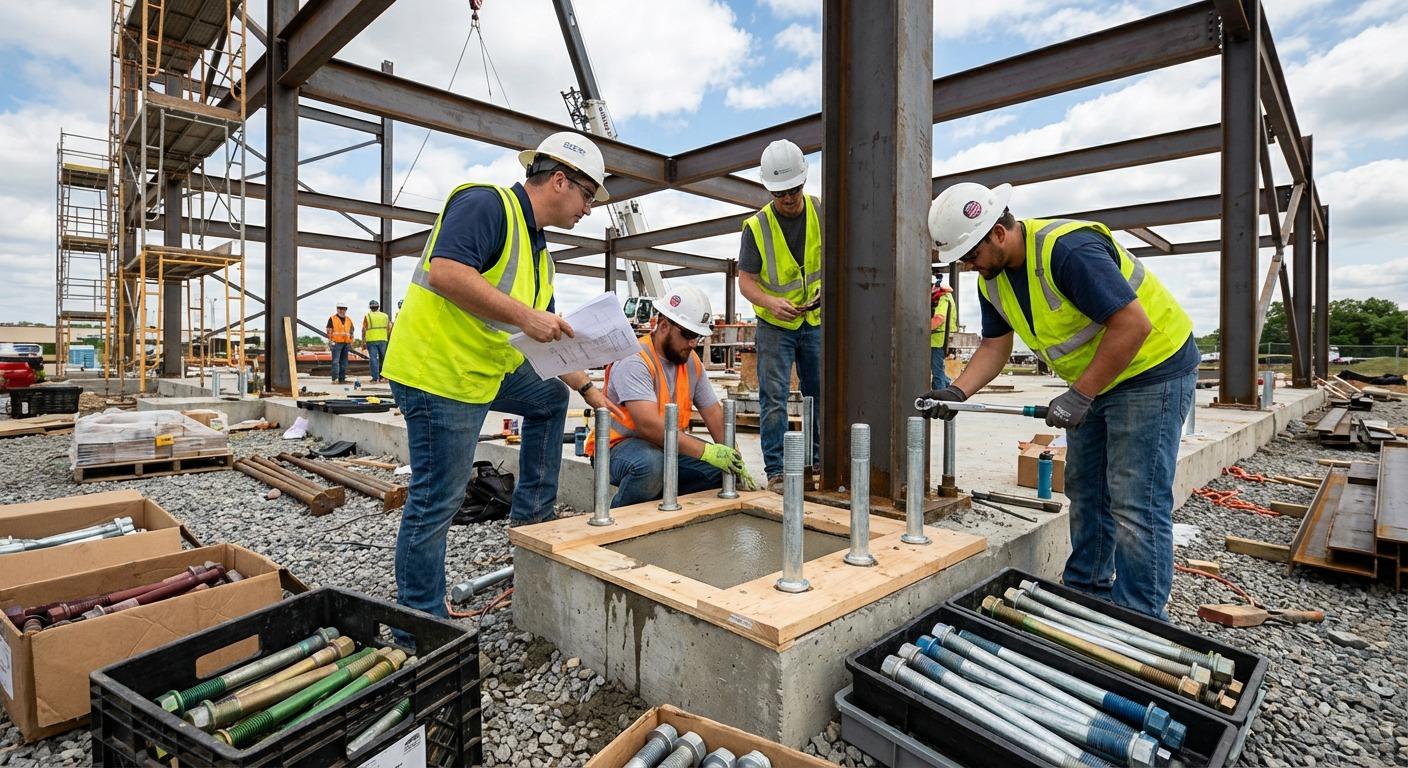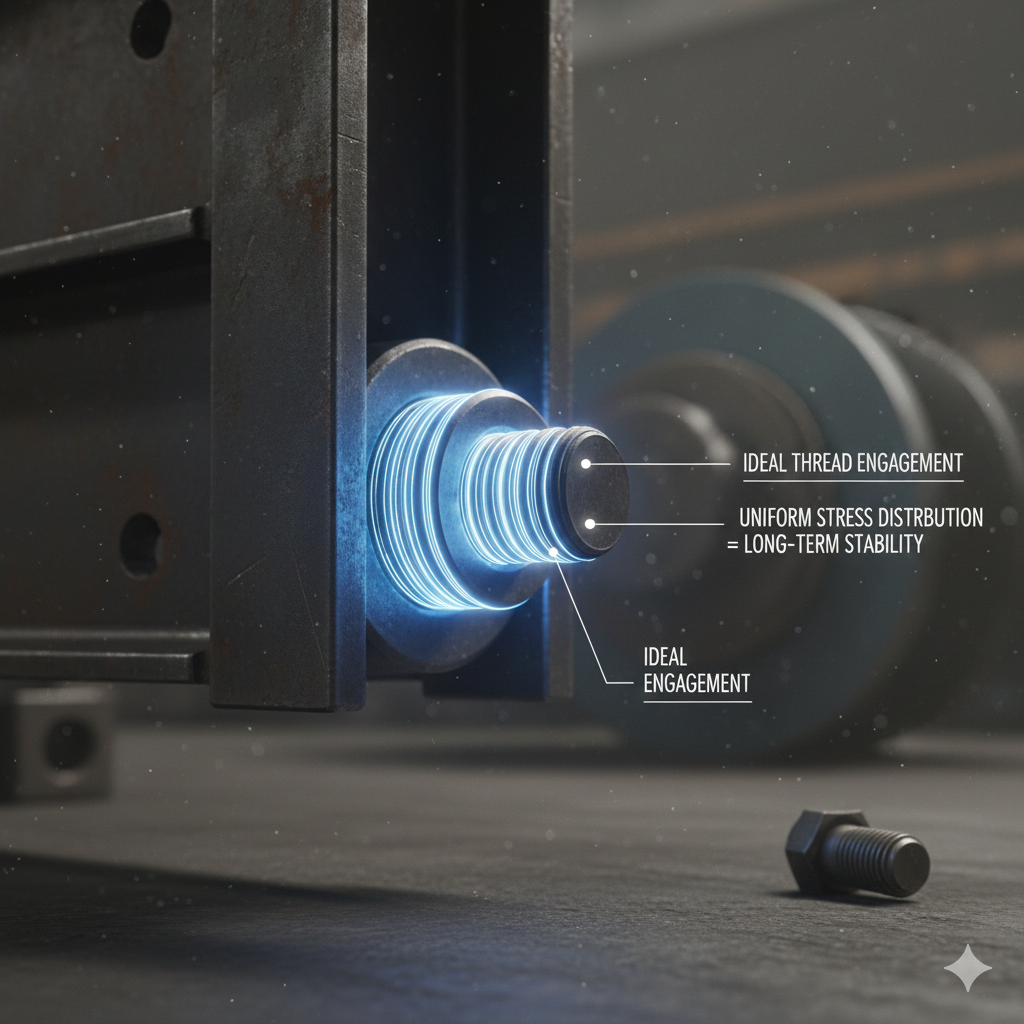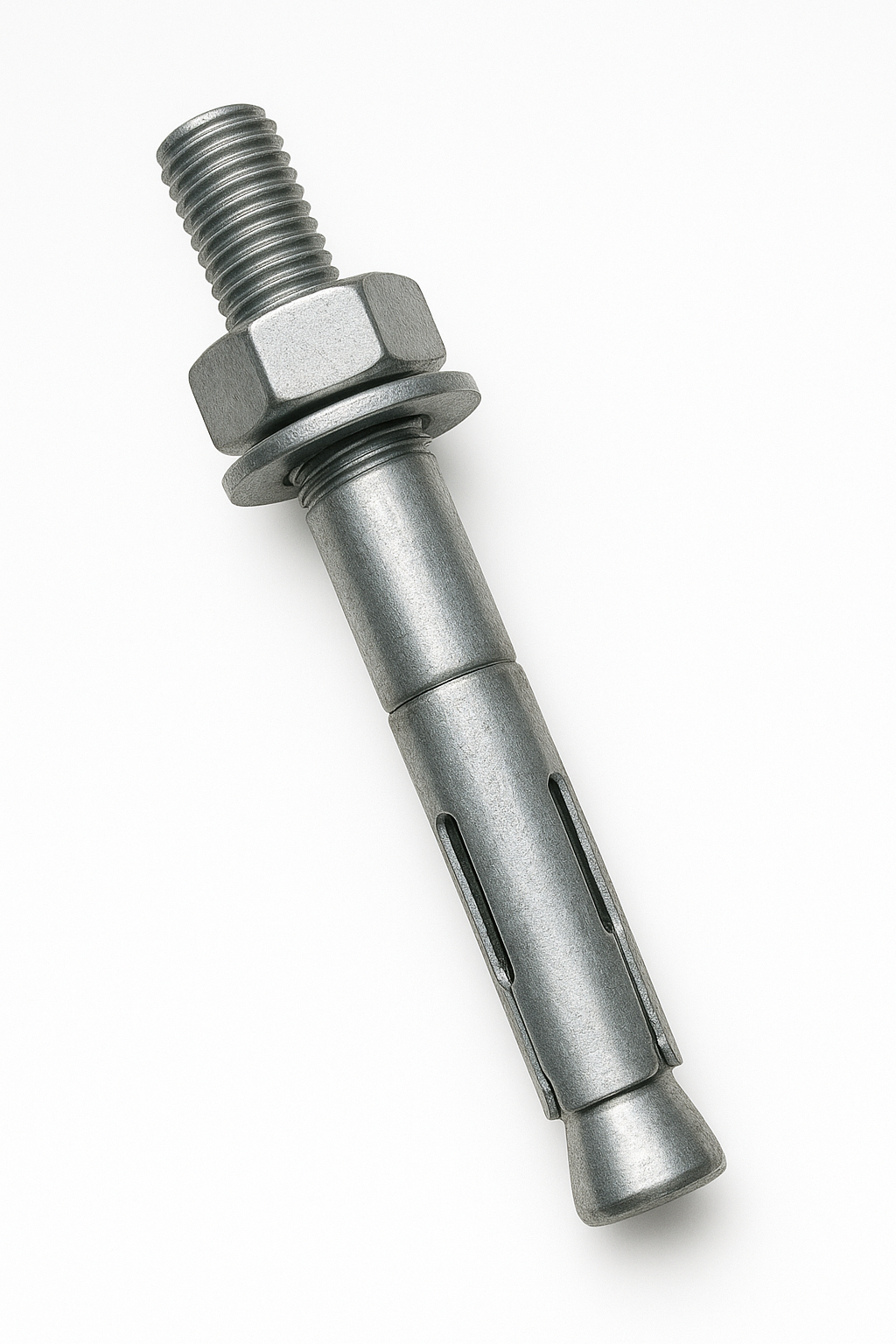How to Navigate Trump’s 2025 Tariff Policies in the Fastener Industry
In June 2025, U.S. President Donald Trump announced plans to implement unilateral tariff rates within a week, sending shockwaves through the global fastener industry. As essential components in automotive, aerospace, and construction sectors, fasteners are highly sensitive to trade disruptions. With rising costs, supply chain shifts, and market uncertainties looming, this blog explores the impact of these tariffs and provides actionable strategies for fastener businesses to adapt and thrive in this challenging environment.
Understanding the Trump Tariff Policy
The new tariffs target imports from key fastener-producing regions, including Canada, the EU, and potentially China. Announced in June 2025, these duties aim to protect U.S. manufacturing but are expected to increase costs for imported fasteners, affecting industries that rely on these critical components.
Key Details of the Tariff Announcement
-
Timeline: Tariffs to be implemented within days of the June 2025 announcement.
-
Target Markets: Canada, the EU, and China face potential duty increases.
-
Trade Impact: Canada’s trade-oriented industries are slowing, while the EU’s trade surplus with the U.S. persists despite tariff pressures.
Impacts on the Fastener Industry
The fastener industry is facing several challenges due to the tariffs:
-
Cost Increases: Imported fasteners, such as steel bolts for construction or titanium screws for aerospace, will likely become more expensive, driving up production costs in North America and Europe.
-
Supply Chain Disruptions: Companies relying on Canadian or EU suppliers may face delays or higher costs, while Chinese exporters may redirect products to avoid U.S. tariffs.
-
Market Shifts: Demand for fasteners in automotive (e.g., electric vehicles) and aerospace (e.g., Boeing and Airbus) remains strong, but higher costs could strain budgets and project timelines.
Strategies to Cope with the Tariff Landscape
To mitigate the impact of Trump’s 2025 tariffs, fastener manufacturers, distributors, and buyers can adopt the following strategies:
1. Diversify Supply Chains
Relying on a single supplier or region increases vulnerability to tariff-related disruptions. Actions to take:
-
Source Locally: Partner with U.S.-based fastener manufacturers, such as Stanley Black & Decker, which are expanding domestic production to avoid import duties.
-
Explore Alternative Markets: Source from tariff-exempt regions like Southeast Asia (e.g., Vietnam, Thailand) or South America (e.g., Brazil), where fastener production is growing.
-
Build Supplier Networks: Establish relationships with multiple suppliers to ensure flexibility and reduce risk.
2. Invest in Cost-Saving Technologies
Automation and innovation can help offset rising costs:
-
Adopt Smart Manufacturing: Implement automated production lines, as exemplified by Germany’s Würth Group, to boost efficiency and reduce reliance on imported materials.
-
Develop Lightweight Fasteners: Invest in R&D for aluminum or titanium fasteners, which are in high demand for electric vehicles and aerospace applications.
-
Leverage Digital Tools: Use supply chain management software to optimize inventory and forecast demand, minimizing the impact of tariff-driven price fluctuations.
3. Expand into Emerging Markets
With tariffs affecting U.S. exports, fastener businesses can tap into high-growth regions:
-
Southeast Asia: Countries like Indonesia and Malaysia are experiencing growth in construction and manufacturing, driving demand for fasteners.
-
Middle East: Despite geopolitical tensions, energy and infrastructure projects in the UAE and Saudi Arabia offer opportunities for fastener exporters.
-
Latin America: Brazil and Mexico are expanding their automotive and aerospace industries, creating new markets for high-quality fasteners.
4. Negotiate Long-Term Contracts
To stabilize costs, negotiate fixed-price contracts with suppliers or customers:
-
Lock in Prices: Secure long-term agreements with suppliers to avoid sudden price hikes due to tariffs.
-
Collaborate with Customers: Work with automotive or construction clients to share cost burdens or develop cost-effective fastener solutions.
5. Monitor Trade Policies and Market Trends
Staying informed is critical in a volatile trade environment:
-
Track Tariff Updates: Monitor announcements from the U.S. Trade Representative and international trade bodies for changes in tariff rates or exemptions.
-
Analyze Demand Shifts: Stay updated on industry trends, such as the growing demand for eco-friendly fasteners in renewable energy projects.
-
Engage Industry Associations: Join groups like the Industrial Fasteners Institute (IFI) or Fastener Industry Coalition for insights and advocacy.
6. Focus on Sustainability and Innovation
Tariffs create opportunities to differentiate through innovation:
-
Eco-Friendly Fasteners: Develop recyclable or low-carbon fasteners to appeal to environmentally conscious industries.
-
High-Performance Fasteners: Focus on high-strength, corrosion-resistant fasteners to meet the needs of aerospace and renewable energy projects.
Conclusion
The Trump tariff policy of June 2025 is reshaping the global fastener industry, presenting both challenges and opportunities. While rising costs and supply chain disruptions pose risks, strategic measures like diversifying supply chains, investing in technology, expanding into emerging markets, and monitoring trade trends can help businesses thrive. By staying agile and innovative, fastener companies can navigate this complex landscape and emerge stronger.
Stay tuned for more updates on the fastener industry and how global trade policies shape its future. Contact us to learn about sourcing high-quality fasteners or to explore our latest lightweight and high-strength solutions!
Keywords: Trump tariffs 2025, fastener industry, global supply chain, automotive fasteners, aerospace fasteners, construction fasteners, tariff impact, lightweight fasteners, smart manufacturing, supply chain diversification.







